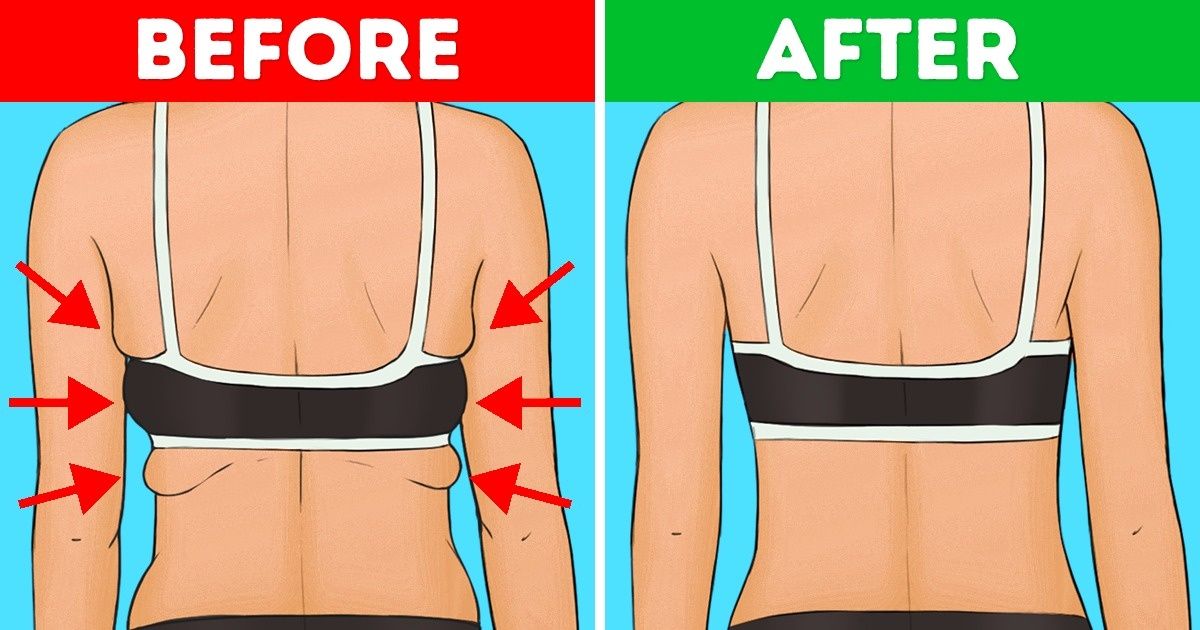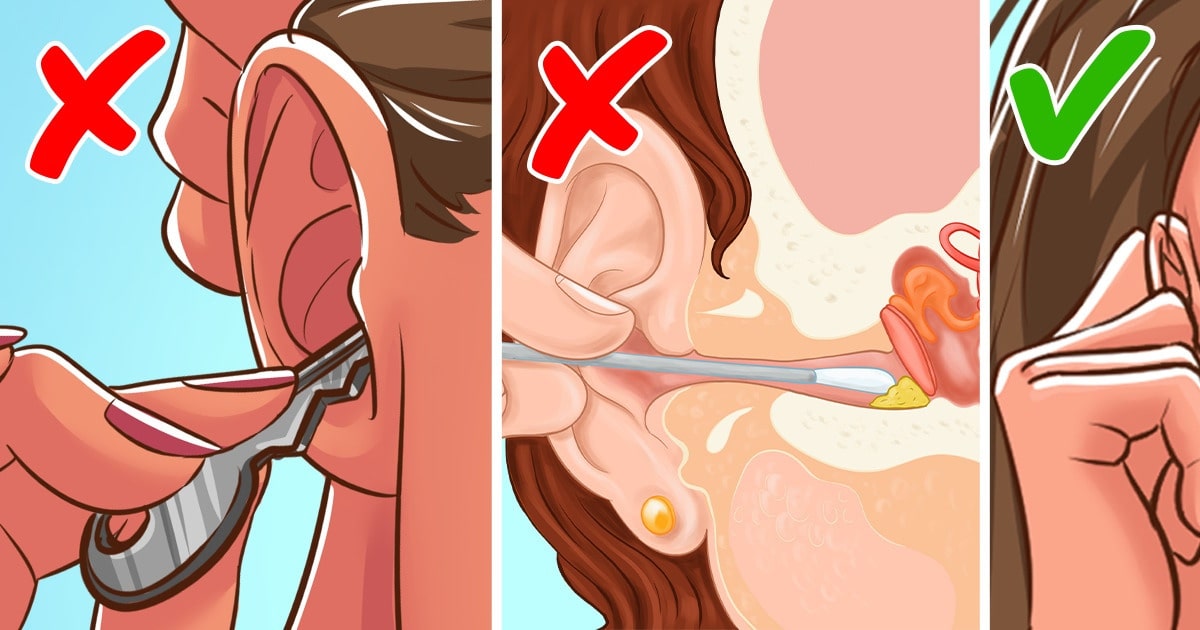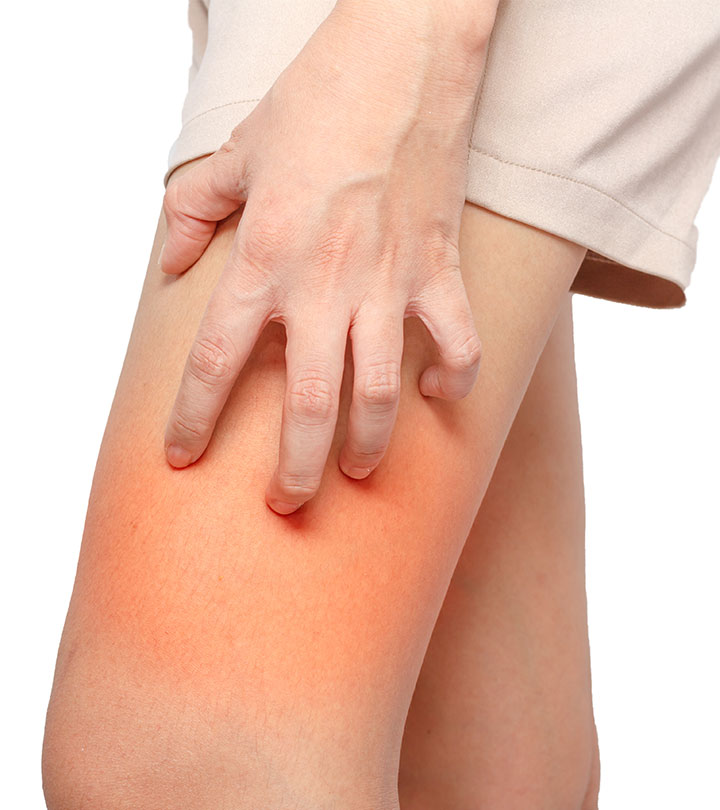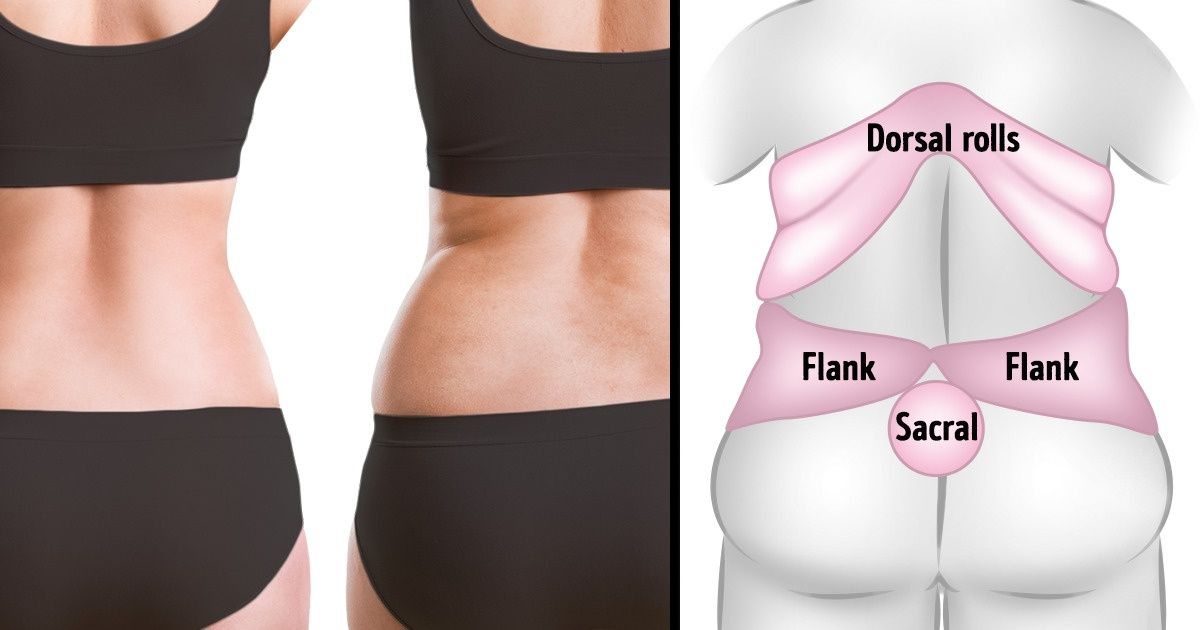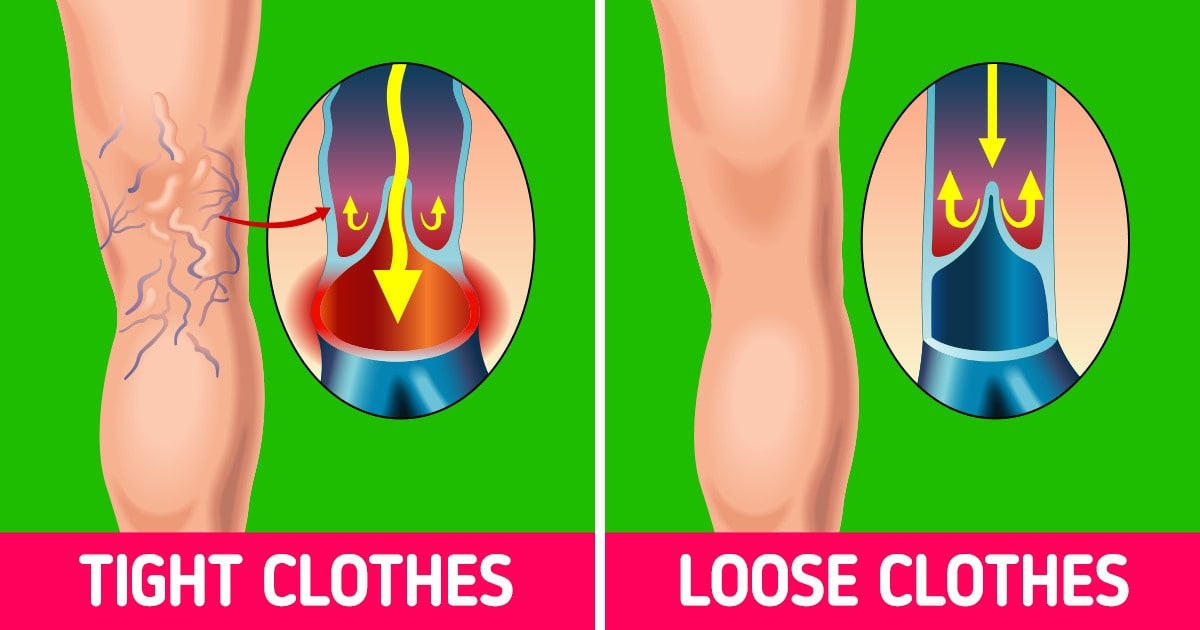In a world where time is scarce and health is a top priority, the One Meal A Day (OMAD) diet has emerged as a trending approach to weight loss, improved metabolism, and overall wellness. As a form of intermittent fasting, OMAD challenges traditional eating patterns by allowing just one substantial meal per day. This blog post dives deep into what the OMAD diet is, how it works, its health benefits, and the safety aspects you should consider before adopting it. Whether you’re looking to shed unwanted pounds, boost energy levels, or simplify your nutrition plan, understanding OMAD can be a game changer for your lifestyle.
Let’s explore the details of the OMAD diet and determine if it’s the right fit for your wellness journey.
One Meal A Day Diet What Is It?

The One Meal A Day (OMAD) diet is an extreme form of intermittent fasting that involves consuming all your daily calories in one single meal. Unlike other diets that encourage multiple small meals throughout the day, OMAD restricts your eating window to just one hour or even less. This concentrated period of eating is believed to promote weight loss by reducing calorie intake, enhancing insulin sensitivity, and encouraging the body to burn stored fat.
Key Points:
- Intermittent Fasting Approach: OMAD is a subset of intermittent fasting, a dietary trend that cycles between periods of fasting and eating.
- Time-Restricted Eating: Typically, followers of OMAD consume their meal during a designated hour, which may be in the evening or at any time that suits their schedule.
- Caloric Deficit: By limiting the time available for eating, it naturally leads to a caloric deficit, which is essential for weight loss.
For more details on the fundamentals of intermittent fasting and OMAD, visit Healthline’s guide to intermittent fasting.
How Does The One Meal A Day Diet Work?
The OMAD diet leverages the principles of fasting and caloric restriction to trigger a host of metabolic benefits. Here’s how it typically works:
1. Hormonal Adjustments:
When you fast for an extended period, your body undergoes hormonal changes. Insulin levels drop, allowing your body to switch from storing fat to burning it. Additionally, fasting increases the secretion of growth hormone, which can aid in muscle preservation and fat loss.
2. Enhanced Fat Burning:
By consuming one meal a day, your body enters a state of ketosis more easily—a metabolic state where fat becomes the primary source of energy. This process is highly efficient for reducing body fat and improving overall metabolic health.
3. Simplified Meal Planning:
OMAD eliminates the need for planning multiple meals. The simplicity of one well-balanced meal reduces decision fatigue and can help streamline your day, making it easier to adhere to the diet.
4. Improved Insulin Sensitivity:
Research suggests that intermittent fasting can enhance insulin sensitivity, which is beneficial for preventing type 2 diabetes and promoting a healthier metabolic profile. For an in-depth analysis, check out WebMD’s discussion on intermittent fasting.
One Meal A Day Diet: What to Eat for Optimal Results

A crucial component of the OMAD diet is ensuring that your single meal is nutritionally dense and balanced. With a limited eating window, every bite counts. Here are some recommendations on what to include in your one meal:
1. Lean Proteins:
Proteins are essential for muscle repair and satiety. Include sources like chicken breast, fish, tofu, or legumes to ensure you’re getting enough amino acids.
2. Healthy Fats:
Incorporate sources of healthy fats such as avocados, nuts, seeds, and olive oil. These fats support brain health and help keep you full longer.
3. Complex Carbohydrates:
Choose whole grains, vegetables, and fruits to provide energy and essential fiber. Complex carbohydrates release energy slowly, keeping you satiated throughout your fasting period.
4. Micronutrients:
Ensure that your meal includes a variety of vitamins and minerals by adding colorful vegetables, leafy greens, and fruits. This diversity supports immune function and overall health.
5. Hydration:
While your primary focus is on your meal, staying hydrated is crucial. Drinking water, herbal teas, or electrolyte-infused beverages can help maintain hydration levels throughout the day.
For more nutritional guidance on building balanced meals, refer to Harvard Health’s nutritional recommendations.
Foods to avoid in the OMAD diet

Just as what you eat is important, what you avoid can significantly impact your success on the OMAD diet. Here are some foods and beverages to steer clear of during your fasting period and even during your one meal:
1. Processed Foods:
Highly processed foods, such as fast food, sugary snacks, and refined carbohydrates, can spike your insulin levels and provide empty calories that disrupt your metabolic balance.
2. Sugary Beverages:
Avoid sodas, energy drinks, and even fruit juices that are high in added sugars. These drinks contribute unnecessary calories and can trigger cravings.
3. High-Sodium Foods:
Excessive salt intake can lead to water retention and bloating, detracting from the benefits of your fasting period.
4. Unhealthy Fats:
Steer clear of trans fats and overly processed vegetable oils. Instead, opt for natural fats from whole foods.
5. Alcohol:
Alcohol can interfere with your metabolism and impair your ability to achieve a full fast. It’s best to avoid or limit alcohol consumption while on the OMAD diet.
For additional tips on foods to avoid during intermittent fasting, visit Medical News Today’s guide on healthy eating.
What to Include in Your One Meal for Maximum Benefits
To reap the full benefits of the OMAD diet, focus on creating a balanced, nutrient-rich meal that fuels your body and supports your fasting goals.
Balanced Macronutrients:
- Proteins: Aim for 25-30 grams of protein to support muscle maintenance.
- Carbohydrates: Include complex carbohydrates to provide lasting energy.
- Fats: Incorporate healthy fats to aid in satiety and nutrient absorption.
Fiber-Rich Foods:
Fiber is essential for digestion and helps maintain steady blood sugar levels. Incorporate vegetables, whole grains, and legumes into your meal.
Antioxidant-Rich Ingredients:
Antioxidants help combat oxidative stress and inflammation. Berries, leafy greens, and nuts are excellent sources of antioxidants that can enhance your overall health.
Portion Control:
While it’s important to be nutritionally complete, be mindful of portion sizes. Overeating during your one meal can lead to discomfort and counteract the benefits of fasting.
For more ideas on building a balanced meal, check out Eat This, Not That’s guide on healthy meal planning.
Should You Exercise While on the OMAD Diet?
Exercise is a key component of a healthy lifestyle and can complement the benefits of the OMAD diet. However, it’s important to strike the right balance between fasting and physical activity.
Pros of Exercising on OMAD:
- Enhanced Fat Burn: Working out in a fasted state may boost fat oxidation, helping your body burn fat more efficiently.
- Improved Insulin Sensitivity: Exercise can further improve insulin sensitivity, complementing the metabolic benefits of intermittent fasting.
- Increased Energy: Regular physical activity helps boost your energy levels and overall stamina.
Considerations:
- Timing Matters: It might be best to schedule your workout near your meal time to ensure you have the energy needed and can refuel afterward.
- Listen to Your Body: If you feel lightheaded or overly fatigued, consider reducing the intensity of your workouts or breaking your fast with a small snack.
- Stay Hydrated: Exercise increases fluid loss, so make sure to drink plenty of water before, during, and after your workout.
For further insights on combining fasting with exercise, refer to Verywell Fit’s article on working out while fasting.
Why Choose the OMAD Diet Over Other Diets? Let’s Find Out
With numerous diets and eating strategies available, you might wonder why you should choose the OMAD diet over others. Here are some compelling reasons:
1. Simplicity and Convenience:
The OMAD diet simplifies meal planning. With just one meal to prepare, you save time and reduce the mental load associated with constant food choices.
2. Caloric Efficiency:
By limiting your eating window, you naturally consume fewer calories. This caloric deficit can accelerate weight loss without the need for strict calorie counting.
3. Metabolic Benefits:
OMAD leverages intermittent fasting’s benefits, including improved insulin sensitivity, enhanced fat burning, and increased growth hormone levels, which are essential for muscle preservation and overall health.
4. Flexibility:
OMAD allows for flexibility in meal timing. You can choose the hour that works best for your lifestyle—whether it’s dinner with family or a post-workout meal.
5. Mental Clarity and Focus:
Many proponents of intermittent fasting report enhanced mental clarity and focus, likely due to the stabilization of blood sugar levels and reduced energy fluctuations.
For a detailed comparison of different intermittent fasting methods, explore Healthline’s intermittent fasting comparison.
Risks and Considerations of the One Meal A Day Diet
While the OMAD diet offers many benefits, it is not without potential risks. It is essential to consider these factors before fully committing:
1. Nutritional Deficiency:
Eating only one meal can make it challenging to obtain all the necessary vitamins and minerals. It’s crucial to plan a nutrient-dense meal to avoid deficiencies.
2. Energy Levels:
Some people may experience low energy, irritability, or difficulty concentrating, especially during the initial adjustment period.
3. Overeating:
There is a risk of overeating during the single meal, which can lead to digestive discomfort or negate the calorie deficit.
4. Not Suitable for Everyone:
Individuals with certain health conditions (such as diabetes or eating disorders), pregnant or breastfeeding women, and those with high physical activity levels should consult a healthcare professional before starting the OMAD diet.
5. Social and Lifestyle Impact:
The restrictive nature of OMAD might affect social interactions or family meal times, which can be challenging for some.
For more information on the potential risks associated with intermittent fasting, visit Mayo Clinic’s insights on fasting.
Conclusion: Is the OMAD Diet Right for You?
The One Meal A Day (OMAD) diet is a powerful approach to intermittent fasting that can offer substantial benefits for weight loss, metabolic health, and overall wellness. By concentrating your daily calories into one nutrient-rich meal, you may experience improved insulin sensitivity, enhanced fat burning, and even better mental clarity. However, like any diet, OMAD comes with its own set of challenges and potential risks that need careful consideration.
Before adopting the OMAD diet, it is essential to assess your lifestyle, health goals, and any underlying medical conditions. Consulting with a healthcare professional or a registered dietitian can provide personalized guidance and help determine if OMAD is the ideal solution for you.
By focusing on balanced nutrition, planning nutrient-dense meals, and integrating moderate exercise, you can maximize the benefits of the OMAD diet while minimizing its risks. Remember, the key to success lies in consistency, listening to your body, and making adjustments that suit your individual needs.
For further insights into healthy diet strategies and intermittent fasting, consider exploring resources such as Harvard Health, WebMD, and Medical News Today.
Embrace the journey towards improved health and well-being by learning all you can about the OMAD diet. Whether you choose to give it a try or explore other dietary options, being informed is the first step towards a healthier future.
